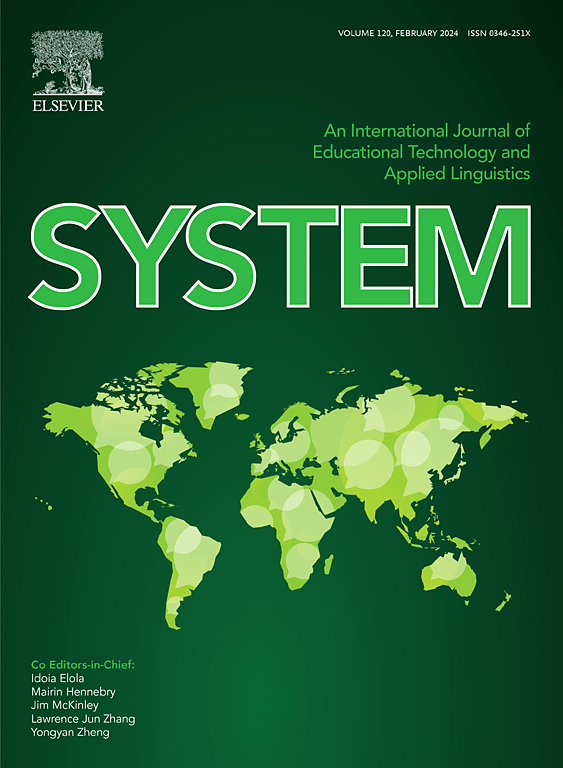Circ-0000197 derived from porcine milk small extracellular vesicles promotes intestinal barrier function by sponging miR-429
IF 6.5
1区 农林科学
Q1 Agricultural and Biological Sciences
引用次数: 0
Abstract
As an essential source of nutrients for young mammals, milk possesses a variety of biological functions. Recently identified milk-derived small extracellular vesicles (sEV) have shown potential regulatory effects on intestinal health. Current studies have highlighted the functional roles of milk-derived sEV and their RNA cargo in promoting intestinal health. However, there is a paucity of research demonstrating how milk-derived sEV influence intestinal barrier function through the transport of circRNAs. In this study, we aimed to investigate the effects of porcine milk sEV (PM-sEV) circRNA on intestinal barrier function. We systematically identified the circRNAs involved in this process and analyzed the miRNAs through which PM-sEV deliver circRNAs to regulate intestinal barrier function. Our findings revealed that PM-sEV promote the expression of the intestinal tight junction proteins ZO-1 and Occludin, both in vivo (mice) and in vitro (IPEC-J2). When PM-sEV RNA was reduced using ultrasound treatment, their ability to enhance intestinal barrier function was significantly reduced. Bioinformatics analysis showed that circ-0000197, present in PM-sEV, can target miR-429, while miR-429 has the ability to target the 3'-UTR of ZO-1 and Occludin. Furthermore, experiments involving the overexpression or inhibition of the relevant non-coding RNAs (ncRNAs) demonstrated that circ-0000197 significantly enhances intestinal barrier function, whereas miR-429 exerts an inhibitory effect on this function. Overall, our findings identify circ-0000197 in PM-sEV as a crucial circRNA that regulates intestinal barrier function by inhibiting miR-429. Circ-0000197 carried by PM-sEV acts as a competing endogenous RNA (ceRNA) that regulates the expression of ZO-1 and Occludin by sponging miR-429, thereby promoting intestinal barrier function at both the cellular and in vivo levels. These findings emphasize the vital role of circRNAs transported through milk-derived sEV in regulating intestinal health, offering new avenues for developing innovative functional milk components. This mechanism also underscores the importance of PM-sEV carrying circ-0000197 in preserving intestinal barrier integrity. Collectively, this study enhances our understanding of the complex regulatory networks involving PM-sEV carrying circRNAs and their impact on intestinal health.来源于猪乳的Circ-0000197细胞外小泡通过海绵化miR-429促进肠道屏障功能
乳汁作为幼龄哺乳动物的重要营养来源,具有多种生物学功能。最近发现的乳源性小细胞外囊泡(sEV)显示出对肠道健康的潜在调节作用。目前的研究强调了牛奶衍生sEV及其RNA货物在促进肠道健康方面的功能作用。然而,缺乏研究表明牛奶衍生的sEV如何通过circrna的转运影响肠道屏障功能。在本研究中,我们旨在研究猪乳sEV (PM-sEV)环状rna对肠道屏障功能的影响。我们系统地鉴定了参与这一过程的circrna,并分析了PM-sEV通过哪些mirna传递circrna来调节肠道屏障功能。我们的研究结果表明,PM-sEV在体内(小鼠)和体外(IPEC-J2)均可促进肠道紧密连接蛋白ZO-1和Occludin的表达。当使用超声治疗减少PM-sEV RNA时,其增强肠道屏障功能的能力显着降低。生物信息学分析表明,PM-sEV中存在的circ-0000197能够靶向miR-429,而miR-429能够靶向ZO-1和Occludin的3'-UTR。此外,涉及相关非编码rna (ncRNAs)过表达或抑制的实验表明,circ-0000197显著增强肠道屏障功能,而miR-429对该功能具有抑制作用。总体而言,我们的研究结果确定PM-sEV中的circ-0000197是通过抑制miR-429调节肠道屏障功能的关键circRNA。PM-sEV携带的Circ-0000197作为竞争性内源性RNA (ceRNA),通过海绵化miR-429调节ZO-1和Occludin的表达,从而在细胞和体内水平上促进肠道屏障功能。这些发现强调了通过牛奶衍生sEV转运的环状rna在调节肠道健康中的重要作用,为开发创新的功能性牛奶成分提供了新的途径。这一机制也强调了携带circ-0000197的PM-sEV在保持肠道屏障完整性方面的重要性。总的来说,这项研究增强了我们对PM-sEV携带环状rna的复杂调控网络及其对肠道健康影响的理解。
本文章由计算机程序翻译,如有差异,请以英文原文为准。
求助全文
约1分钟内获得全文
求助全文
来源期刊

Journal of Animal Science and Biotechnology
AGRICULTURE, DAIRY & ANIMAL SCIENCE-
CiteScore
9.90
自引率
2.90%
发文量
822
审稿时长
17 weeks
期刊介绍:
Journal of Animal Science and Biotechnology is an open access, peer-reviewed journal that encompasses all aspects of animal science and biotechnology. That includes domestic animal production, animal genetics and breeding, animal reproduction and physiology, animal nutrition and biochemistry, feed processing technology and bioevaluation, animal biotechnology, and meat science.
 求助内容:
求助内容: 应助结果提醒方式:
应助结果提醒方式:


